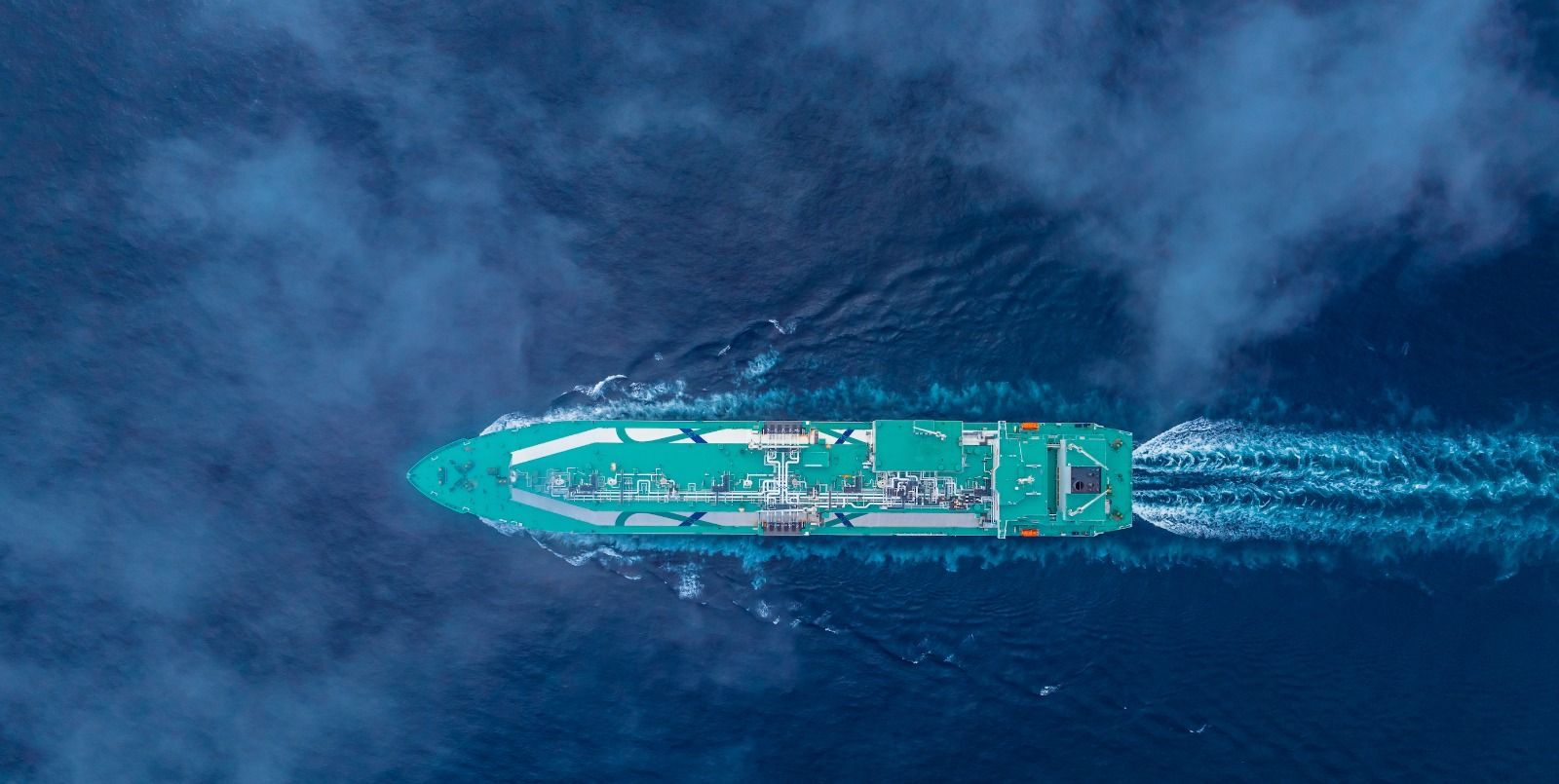Condition Assessment Programme (CAP) for LNG Carriers and Digitalisation to Improve Efficiency
As the world shifts toward more sustainable and diversified energy sources, LNG continues to play a central role in the global energy transition. Through new technological advancement on design, motorization, energy efficiency and the striving to comply with stricter environmental regulations, LNG transportation faces significant expansion growth and challenges. Toward this perspective, leading companies require minimizing risk when chartering vessels.
As a result, the Condition Assessment Programme (CAP) has been developed as one of the key risk mitigation initiatives. The methodology of the CAP provides an independent and transparent overview of the vessel status. Through BV’s Guidance Note NI 623, which is a specific methodology to assess the condition of LNG carriers with both Moss type and membrane containment, LNG CAP plays a central role in this inspection service with the recognition of Energy Majors, to ensure continuously the adequacy and the efficiency of the inspection to comply both with the operation constraints and the Energy Majors standard.
Given the growing relevance of the LNG Market, the methodology is changing and is being strengthened by these leading LNG actors. Since 2019, CAP is now required to LNG Carriers over 15 years old depending on Energy Majors’s requirements. These requirements are illustrated in the Intertanko, a Guide to the Vetting Process, which plays a vital role in guiding ship operators in the vetting process.
The importance of CAP has been further highlighted by the recent requirement from LNG terminals to have a valid CAP assessment before allowing vessel connection. This additional layer of scrutiny emphasizes the industry's commitment to maintaining the highest standards of safety and reliability in LNG transportation.
Using the experience gained to the more than a decade of delivering LNG CAP services, the authors will examine the new trends both in technology, such as dedicated CAP app for live onboard survey, analysis and reporting, as well as on the LNG CAP value perception by the industry actors, such as an operator contracting LNG CAP services for its whole LNGC fleet. Collaborative discussions have been undertaken with operators to optimize the CAP survey process, balancing operational constraints while maintaining the quality of CAP outcomes. Specifically, the dialogues addressed harmonizing CAP survey intervals with other relevant inspection schemes to enhance efficiency.
The purpose of the paper is to share the CAP Methodology for LNG carrier, to explain the evolution of the industry on this risk mitigation service including leveraging through digital transformation.




)
)
)
)
)
)
)
)
)
)
)
)
)
)
)
)
)
)
)
)
)
)
)
)